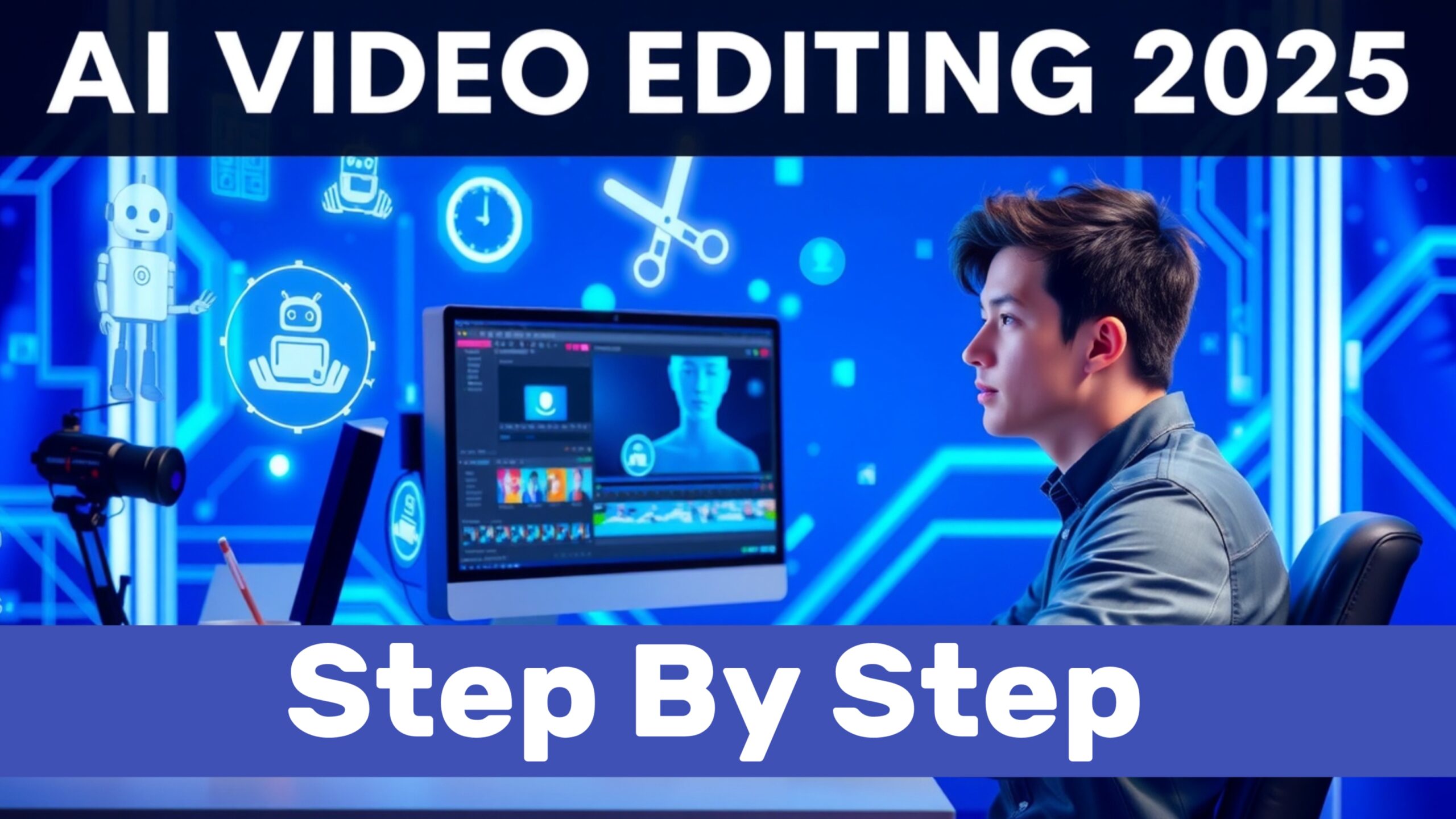AI video editing is the ideal starting point for novices who wish to begin video editing in 2025 without the need for pricey software or sophisticated equipment. Anyone can produce high-quality films for YouTube, Instagram, TikTok, or freelancing clients with the use of robust free AI technologies. Here are three easy steps to get started.
✅ Step 1: Choose the Right AI Tool Based on Your Needs
Selecting the ideal tool for your workflow is the first step. While there are a number of free AI video editing tools accessible in 2025, not all of them are designed with the same goal in mind. CapCut AI is the greatest free tool for producing short-form material on your phone, such as reels or shorts. It contains strong AI-powered capabilities including music syncing, templates, backdrop removal, and auto-subtitles. Runway ML and Clipchamp are excellent choices for PC or laptop users. Microsoft’s Clipchamp is easy to use and compatible with Windows 11, whereas Runway ML provides more sophisticated AI features like motion tracking and green screen removal. Choose a tool based on your device and content style instead of wasting time trying ten different ones.
✅ Step 2: Start Editing with AI Features and Learn the Process
After choosing your tool, the next step is to begin editing, however this time, AI will take care of the difficult sections rather than you having to manually move each clip. Use the integrated AI functions, such as backdrop removal, voice cleanup, subtitle creation, and automatic editing, after importing your video. With the use of these tools, novices may produce beautiful videos without requiring years of editing expertise.
CapCut, for instance, allows you to easily apply a popular template, add your clips, and let AI automatically sync everything with music. Descript makes it simple to remove portions of a video by simply removing text. Don’t just click buttons mindlessly during this step. Take note of the AI’s actions. To learn how timing, audio, and transitions function, try making little manual adjustments. You will discover the true workings of editing more quickly the more you try.
✅ Step 3: Export and Publish Consistently to Build Skills and Audience
The last step after editing is to export your video in high definition and begin publishing. Make use of 1080p MP4 files and make sure your file sizes are optimized for quick uploads. Depending on where your audience is, post your video on TikTok, Instagram Reels, or YouTube Shorts when it’s done. Don’t wait for flawlessness. Even if your initial videos aren’t very good, keep posting. Your talents will get better with each video you make. Editing and blogging every day for 30 days will make you faster, better, and more self-assured. Additionally, if you’re offering services, your content will begin to receive views, comments, and perhaps even customers. Growth only occurs when you continue to create and share your work, even when AI tools can speed up the process.
🔚 Final Words
In 2025, AI video editing presents a huge opportunity rather than just being simple. Years of training or a complex setup are not necessary. Simply adhere to these three steps: select the appropriate AI tool, gain editing experience, and publish frequently. This is the quickest method to get started, whether your goal is to become a freelance editor or a content creator.

1 thought on “Step-by-Step Guide to Start AI Video Editing with Free Tools (2025)”